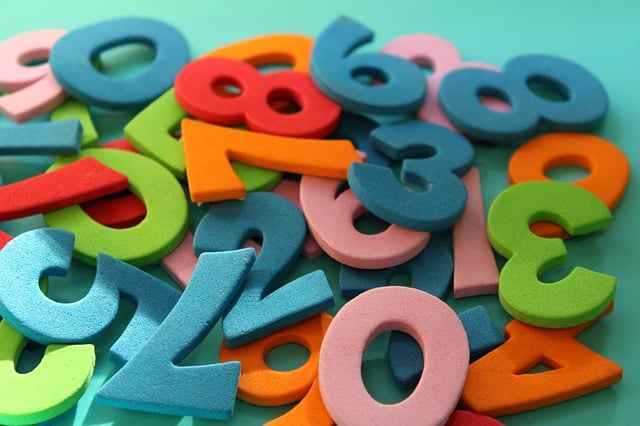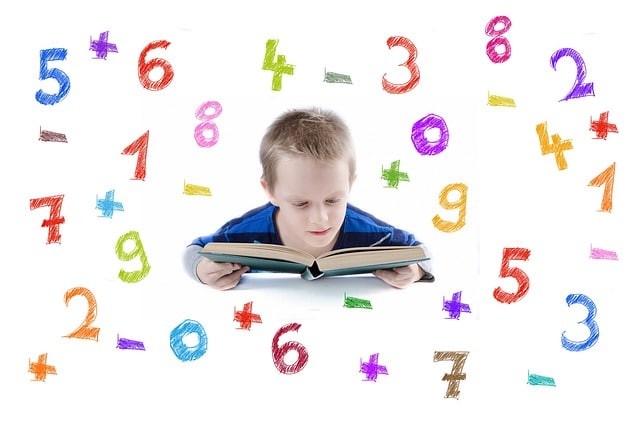
The correspondence rules are linked to mathematical functions.
A correspondence rule consists of mapping a unique element of a certain set to each unique element of another set . This concept is often used when working with mathematical functions .
When defining a mathematical function, what is done is to establish the means through which correspondences between two sets must be established. The function itself, therefore, acts as a correspondence rule. In other words, the calculation of a function consists of discovering what is the general correspondence that exists in one set with respect to another.
Types of correspondence rule
We can distinguish between two major classes of correspondence rules. One-to-one correspondence implies that each element of the set known as Domain corresponds to a single element of a set known as Codomain . Bi-to-one correspondence , on the other hand, assumes that the inverse correspondence is also one-to-one (i.e., each element of the Codomain corresponds to a single element of the Domain ).
From these first basic definitions it can be deduced that for a correspondence to be biunique it must also be univocal. On the other hand, it is worth mentioning that not always each of the elements of the first set corresponds to an image, nor do those of the second have an origin .
Thinking for a moment about set theory , the graphical representation of all possible correspondences between two sets (domain and codomain) gives us two others: the one-to-one correspondence (which we can call A ) and the one-to-one correspondence ( B ). When observing the latter in a Venn diagram (the classic way of graphically representing sets, generally with circles or ovals enclosing the elements of each set), it is clearly evident that B is a subset of A .

Understanding how correspondence rules work is important in mathematics.
Example of correspondences
Let us consider a set A , which consists of 3 , 4 and 5 , and a set B , which consists of 9 , 12 and 15 . The correspondence between the two is triple . Thus, the correspondence rule allows us to link each element of the Domain (the set A ) to an element of the Codomain (the set B ).
f(x) =3x
f(3) = 3×3 = 9
f(4) = 3×4 = 12
f (5) = 3×5 = 15
Domain = {3,4,5}
Codomain = {9,12,15}
This correspondence rule can also be graphed. Each element must be included in its corresponding set ( 3 , 4 and 5 in set A and 9 , 12 and 15 in set B ) and then each element must be connected with an arrow according to the correspondence rule.
Other kinds of correspondence rule
But the correspondence rules are not limited to these two possibilities; for example, non-unique correspondence occurs when there is at least one element of the first set for which there are two or more images . The example mentioned above would not serve to understand this situation, since each number only corresponds to one triple; but, if we talk about a domain set of people and a codomain set of countries, and we relate them according to the countries that each person has visited, it is probable that some have never traveled, that others have simply been to one and that the rest have known more than one .
One-to-one correspondence, not biunivocal , is one in which each element of the domain corresponds to a single image, but this does not occur in the opposite direction . If none of the people in the previous example has traveled to more than one country, but two or more of them have visited the same one, then that country has two or more origins .
When establishing a correspondence rule, we must take into account different elements and concepts. One of them is the range , which defines the set of possible values for the dependent variable, that is, the one that depends on the one chosen in the domain.
